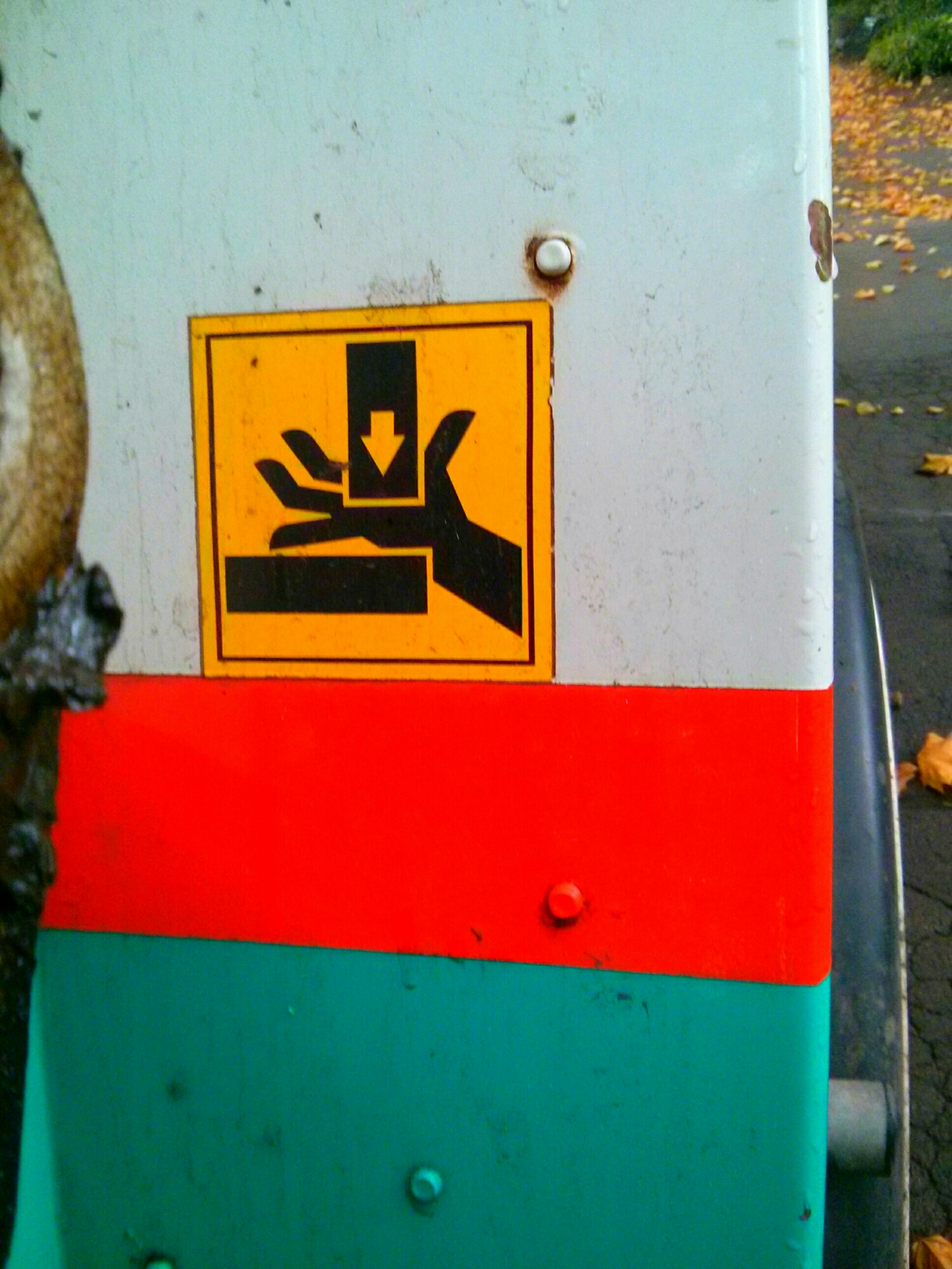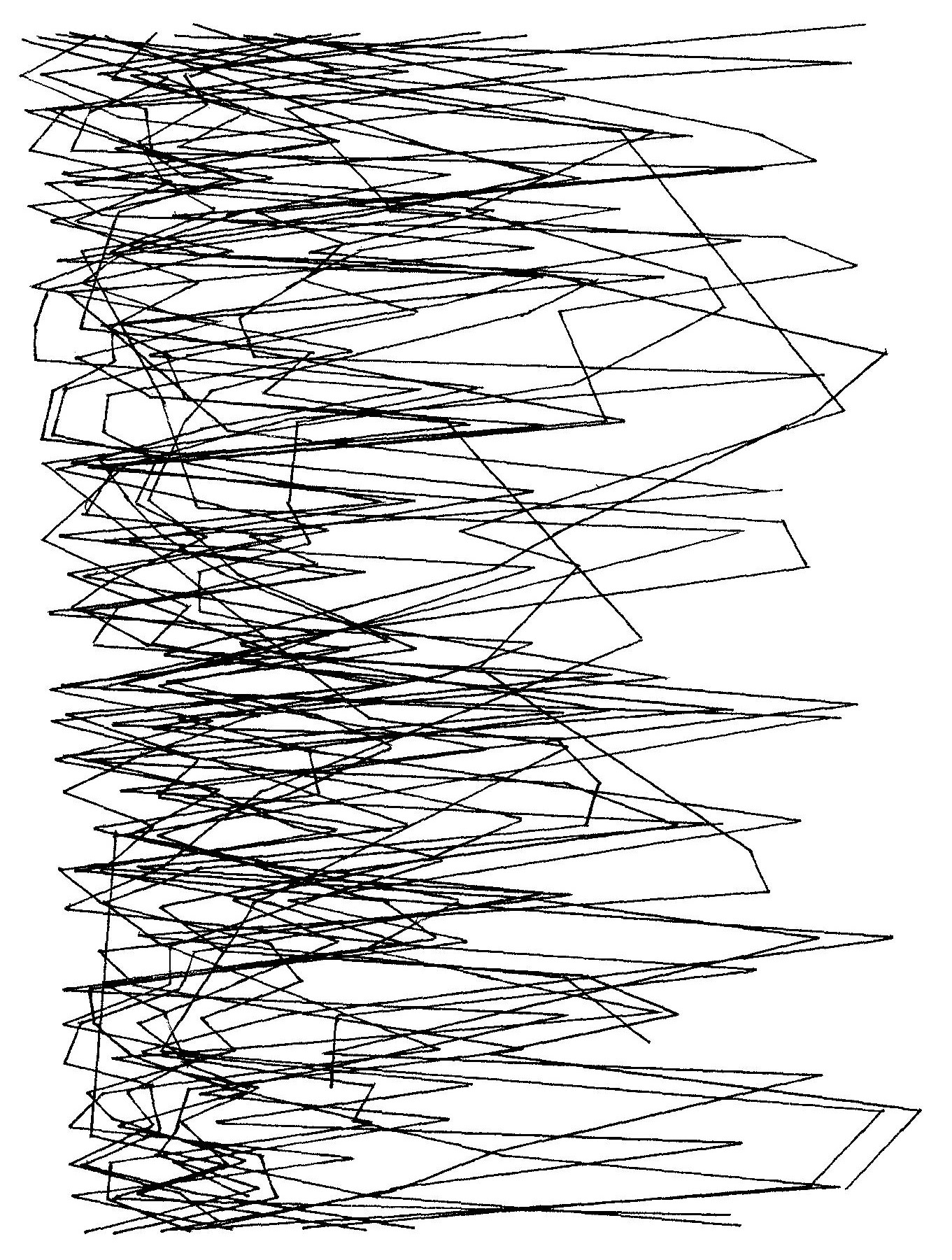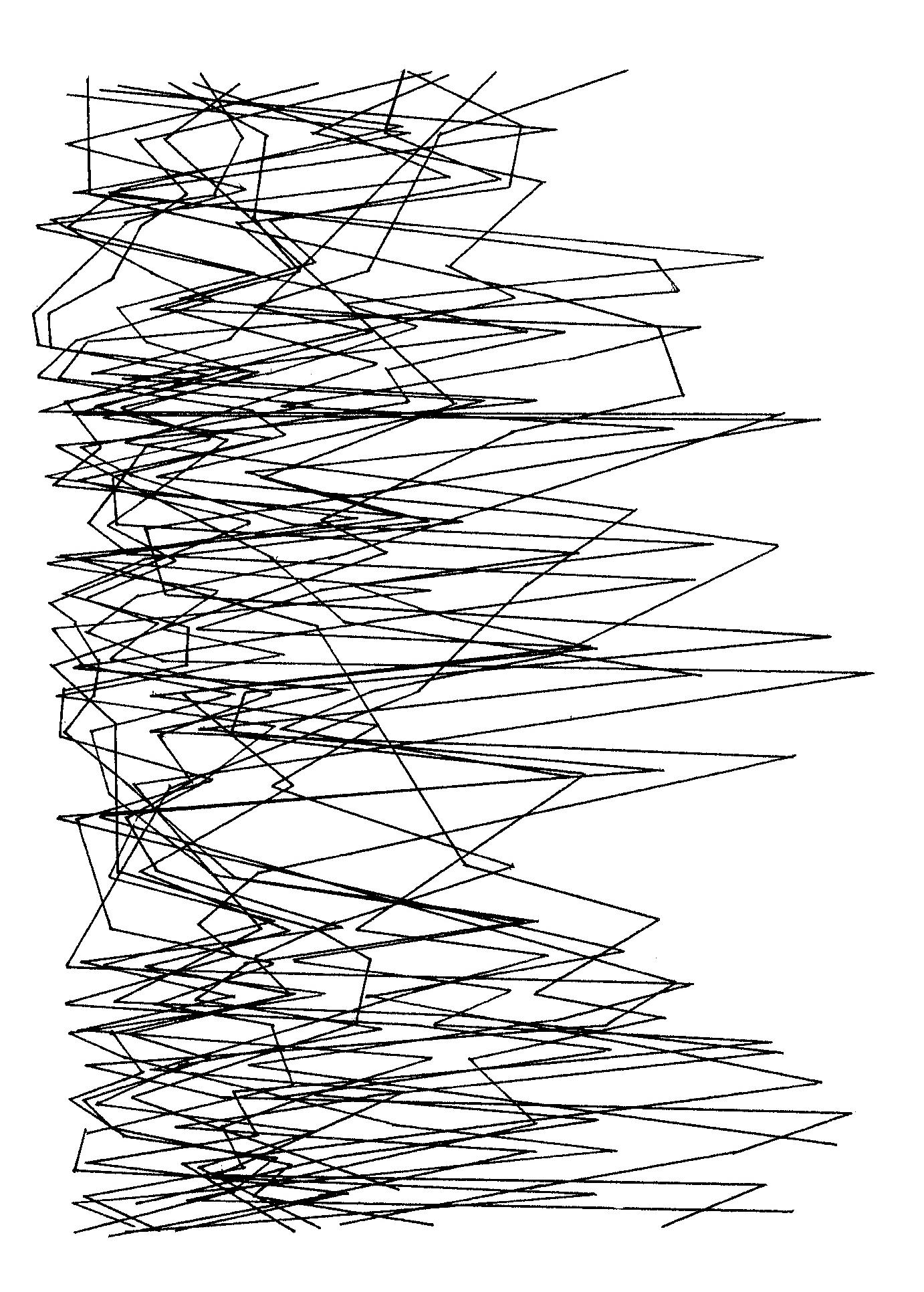Our Hitchock infographic appears in the Taschen new Infographics book!
Infographic infamy at Graphic Towers! pic.twitter.com/wPDmBbAwmw
— Aimée Stewart (@NativesAgency) November 5, 2014Our Hitchock infographic appears in the Taschen new Infographics book!
Infographic infamy at Graphic Towers! pic.twitter.com/wPDmBbAwmw
— Aimée Stewart (@NativesAgency) November 5, 2014The Live Creature
Having an Experience.
The Expressive Object
Substance and Form
The Common Substance of the Arts
The Challenge of Philosophy
Source: John Dewey. /Art as Experience/. NY, Putnam, 1934.





The strong part of the drawing in space (and this goes back to my previous thoughts about constructing a Bach invention in C with thread and wire hanging across a room) is that it gives a strong experience of *being inside* the drawing, as opposed to looking at it from the outside.
With regards to this, experiments by Charley Peters with sunlight and drawing with white thread on the wall are of an extreme importance. The daylight moves across the room, instructing the behaviour of the drawing.
Listening to a musical piece, being in the music with attention of the mind, is, by analogy, a similar experience to being inside of the drawing. Having a drawing as a spatial object gives that extra bit of freedom to move around, - thus the audience's conscious decision instructs them on what kind of drawing they see.
As a note to self, further experiments have to carried out:
Link to Charley Peters' residency blog at Centre For Drawing https://www.a-n.co.uk/blogs/in-occupation-two-weeks-in-residence-at-the-centre-for-drawing/date/2013/01 .
Drawing can articulate our relationship to space and location, and the experiential act of drawing in-situ is central to how we record the world and our encounters with it. Experiences of drawing on location also allow an exploration of the nature of drawing itself, its relationship with materials, processes and the drawing surface.
Charley Peters, Drawing in the Reality of Space, TRACEY, 2014
CHARLEY PETERS, LOGICAL ATOMISM (2012), ACRYLIC YARN AND FISHING WIRE IN SPACE
Artist website: http://www.charleypeters.com/



Charcoal


Charcoal, ruler, stencil


1. Drawing and graphic design have a lot in common. Therefore, a study in drawing has a big impact on graphic design practice.
2. Drawing is phenomenological, which means that it is capable of telling not only about the subject of drawing, but about the process as well. ->
3. Both the process and the subject are equally important for the drawing.
4. Drawing is rigorous in following its rules, therefore much of drawing is instructed by itself, as well as from the outside.->
5. Involvement into the drawing from the outside should be minimized, so that the inside rules of the drawing were stronger and easier to use.
Here's the author's description of the process: "For each page of Abbott’s novel I have traced, by hand, a representation of each letter’s occurrence across every page of text. The generated result is a series of superimposed seismographic images which reduce the text in question into a two-dimensional schematic reminiscent of EKG results or stock reports."


Source:Little Red Leaves

Source: Norges Bank
Source:Times
Jerwood Drawing Prize is "the largest and longest running annual open exhibition for drawing in the UK" (Source: http://jerwoodvisualarts.org/jerwood-drawing-prize-2014) First prize this year went to Alison Carlier, the first time in history when a Drawing Prize is awarded to audio work. I've recorded an exerpt - but actually, forget my bad self-recording, here's a link to it on SoundCloud
Here's a fragment of work by Hilary Ellis, Enigma II (thread on paper)

A fragment of Zoe Maslen's The Absents Presence, Hair drawing (pencil drawing on Fabriano paper)
